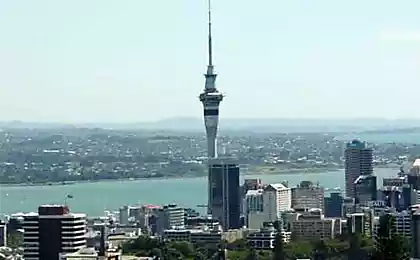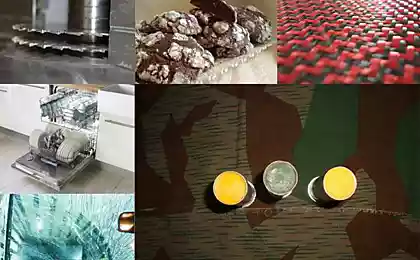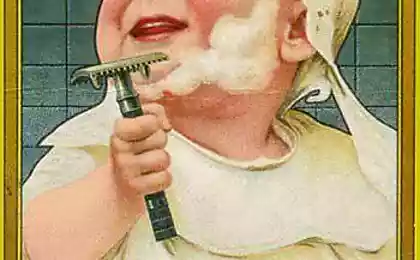829
The Canadian company has patented a space elevator

Space and defense company Thoth Technology received US Patent 9,085,897 № on a space elevator.
The idea of a space elevator is very popular in the scientific community. Scientists and engineers have long debated what materials to use in the construction, design, and what is more preferable. By the way, next week will begin the conference Space Elevator Conference 2015 in Seattle. There, too, will raise these questions.
Space elevator has a number of advantages over conventional rockets. It will raise the orbit of multi-ton loads and tourists. No overload acoustic vibrations tons of explosive fuel under the seat, and other risks associated with the rocket launch.
And now the patent on the space elevator was at the Canadian company Thoth Technology. According to the description, the elevator lifts loads to a height of 20 kilometers. Engineers Thoth Technology say , the elevator will save 30% fuel compared with a missile.


The concept envisages the construction of the tower, which maintains rigidity thanks to compressed gas. It should "deliver the equipment, personnel and other objects on a platform above the Earth for scientific research, communications and tourism." On top of the tower will be a launch pad for launching spacecraft.

The patent also states that the design is scaled up to 200 kilometers. Journal Fast Company i> добавляет: "But Pat did not say that your bank account is scaled up to a billion dollars - this is technically true, but implementation may be difficult».
The patent does state that the tower will provide direct access to low-Earth orbit 200 kilometers above.
The author of the journal Information Week i> считает, that humanity already has the technology to build a space elevator. For this purpose, suitable "modular tube composite Kevlar and polyethylene filled with helium. Such tubes are much lighter and easier to handle than modern construction materials and helium helps maintain the structure ».
"From the top of the tower space planes will start to orbit one step, returning back to the same area to refuel and take off again," - says Dr. Brendan Quinn (Brendan Quine), inventor and professor at the school of engineering at the University of York Lassonde.
Source: geektimes.ru/post/260294/























